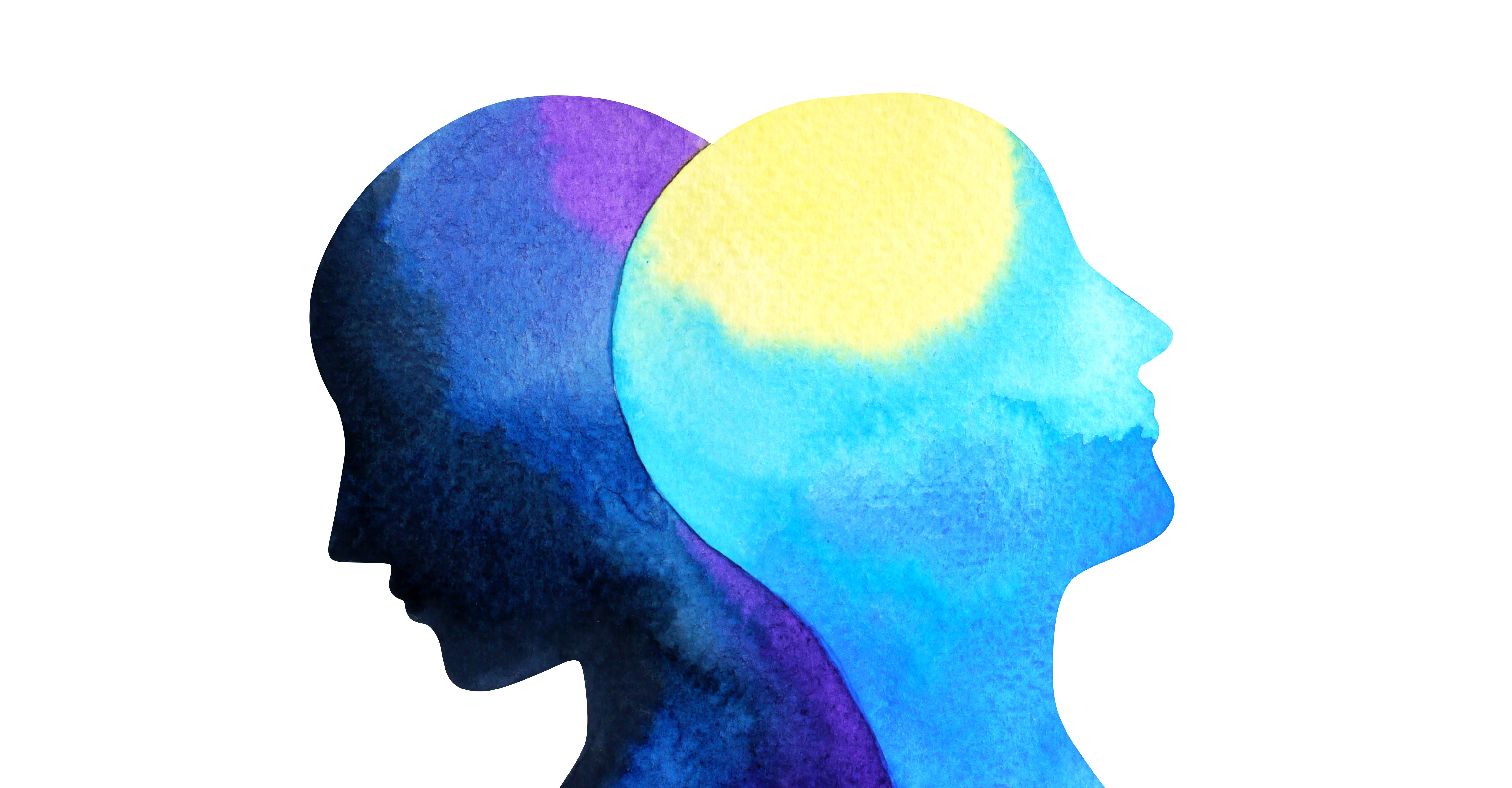General signs and symptoms
This category includes the evidence on the main signs and symptoms of bipolar disorder. These include mania, depression, and psychotic symptoms, and sleep disturbances, among others. Click on the links or the tabs below to access the information, or browse and search via the section on the left.
Image: ©Benjavisa Ruangvaree – stock.adobe.com
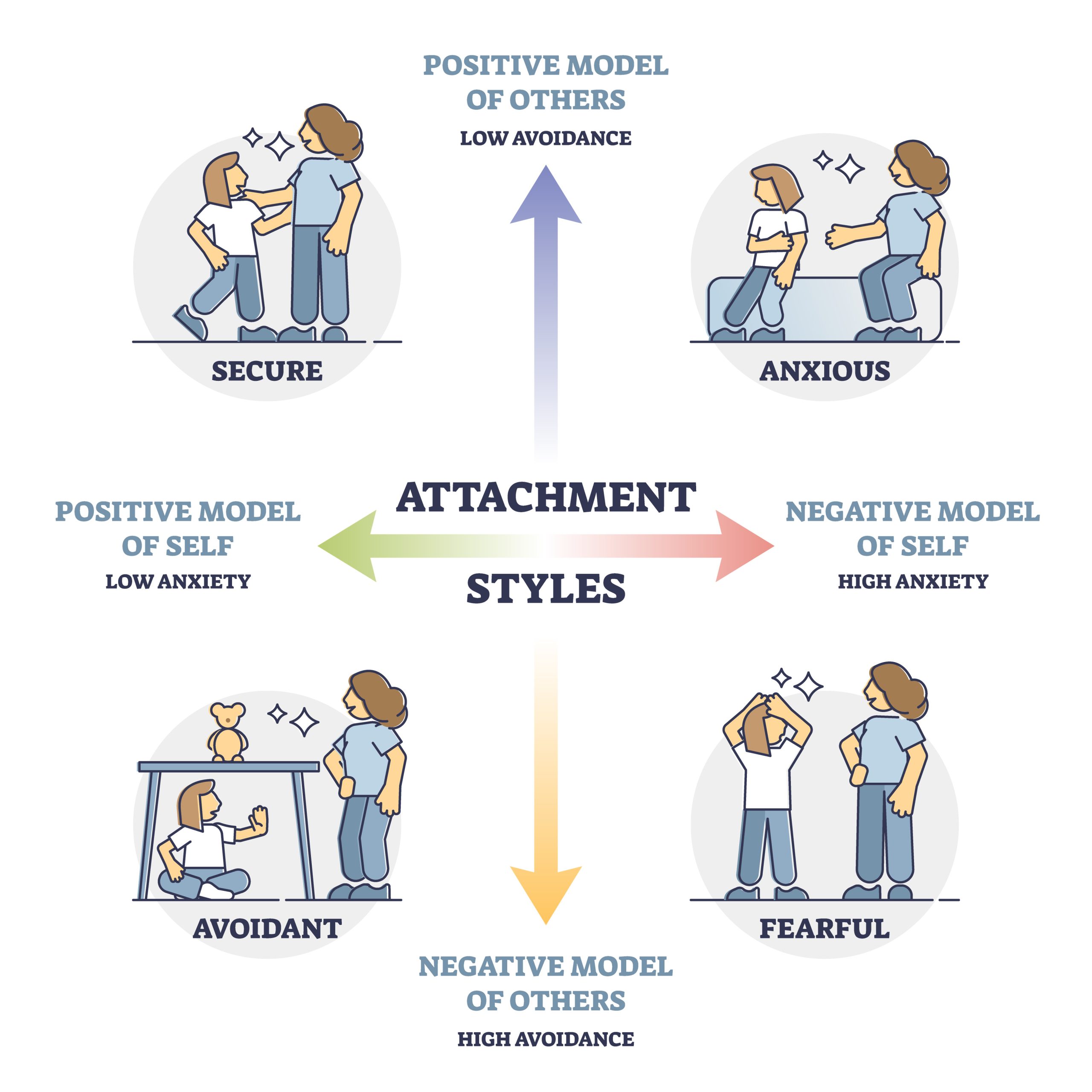
Attachment styles
What are attachment styles in bipolar disorder? Attachment styles are used to describe patterns of attachment in relationships. Adults with a secure attachment style tend to have good self-esteem, they share their feelings with partners and friends, and have trusting, lasting relationships. Insecure attachment styles include anxious attachment style (also known as ambivalent or preoccupied), which involves reluctance to become close to others, worry about the security of relationships, a reduced sense of autonomy, and increased dependence on others. Avoidant attachment style is another insecure style. It involves problems with intimacy, over-regulation of emotions, and unwillingness to share thoughts and…

Depression
What is bipolar depression? Bipolar disorder is characterised by recurrent episodes of depression and mania, hypomania, or mixed symptoms. A major depressive episode is a period of at least two weeks in which a person has at least five of the following symptoms (including one of the first two): intense sadness or despair; feelings of helplessness, hopelessness or worthlessness; loss of interest in activities once enjoyed; feelings of guilt, restlessness or agitation; sleeping too little or too much; slowed speech or movements; changes in appetite; loss of energy; difficulty concentrating, remembering or making decisions; and/or thoughts of death or suicide….

Disorganised symptoms
What are disorganised symptoms in bipolar disorder? Key features of the symptoms of disorganisation include disorganised speech and behaviour, as well as inappropriate affect. Severely disorganised speech is difficult to follow, being incoherent, irrelevant and/or illogical. These symptoms are sometimes called positive formal thought disorder symptoms. Disorganised speech may also be deprived of content, which is sometimes called negative formal thought disorder symptoms. Disorganised behaviour includes bizarre or inappropriate behaviour, actions or gestures. Inappropriate (incongruous) affect involves exhibiting incorrect emotional responses for a given context. Symptoms of disorganisation have been identified as risk factors for poor illness outcome, and have…
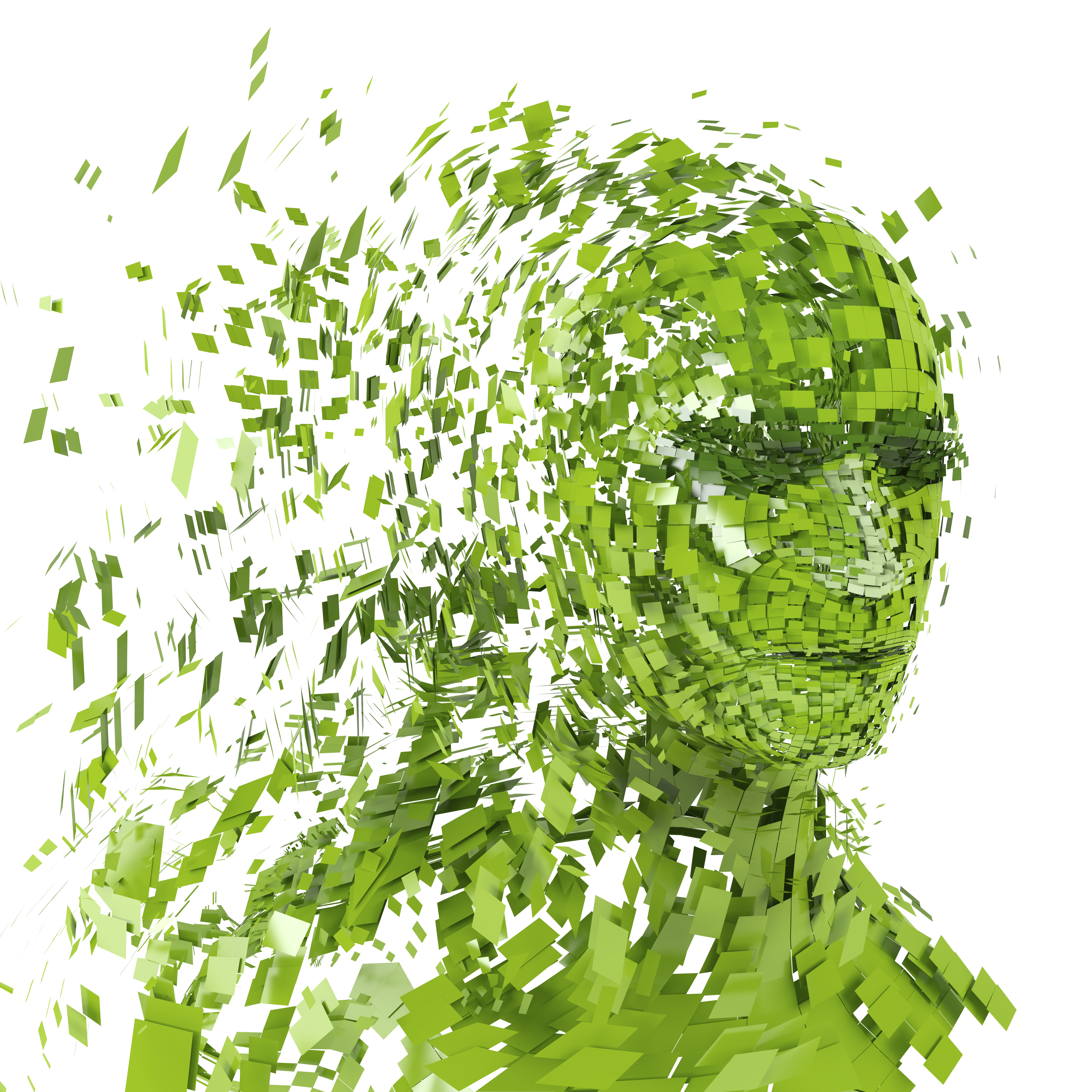
Dissociation
What is dissociation in bipolar disorder? Dissociation is described as disruption or discontinuity in the normal integration of consciousness, memory, identity, emotion, perception, body representation, motor control, or behaviour. Common dissociative experiences include mild forms of absorption, such as daydreaming. Less common and more severe dissociative experiences include amnesia, derealisation, depersonalisation, and fragmentation of identity. Dissociative features may play a role in the pathology of bipolar disorder. What is the evidence for dissociation symptoms in people with bipolar disorder? Moderate to low quality evidence suggests less dissociation in people with the disorder than in people with dissociative disorders, post-traumatic stress…

Early detection
Why is early detection of bipolar disorder important? Early detection of bipolar disorder can prevent or delay the onset of the disorder, and improve clinical outcomes in people who develop it. What is the evidence regarding early detection of bipolar disorder? Moderate to high quality evidence suggests large effects of having psychotic symptoms or a family history of bipolar disorder as risk factors for transition to bipolar disorder in people with major depression. There was a medium-sized effect of higher risk of transition to bipolar disorder with early age of onset of depression, and a small effect of having a…
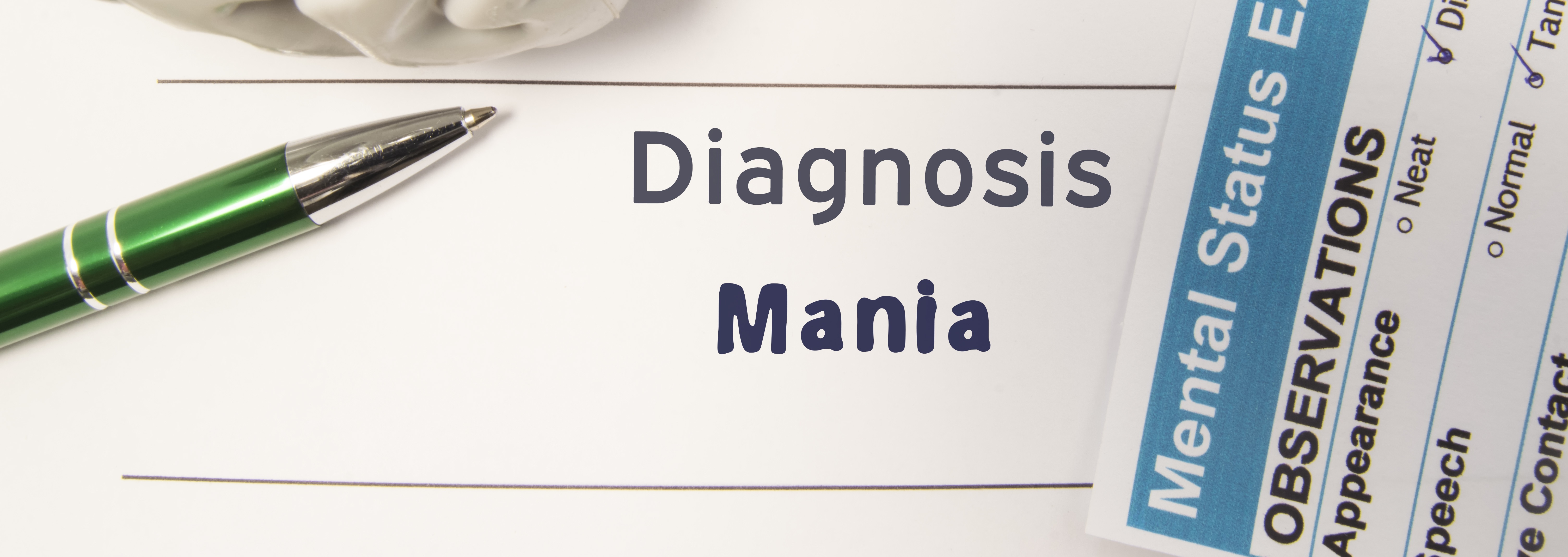
Mania
What are mania symptoms in bipolar disorder? A manic episode is a period of at least one week when a person is high spirited or irritable in an extreme way most of the day for most days. A manic episode involves changes in normal behaviour, including showing exaggerated self-esteem or grandiosity, less need for sleep, talking more than usual, talking more loudly and quickly, being easily distracted, doing many activities at once, scheduling more events in a day than can be accomplished, embarking on risky behaviour, uncontrollable racing thoughts, and/or quickly changing ideas or topics. These changes in behaviour are…
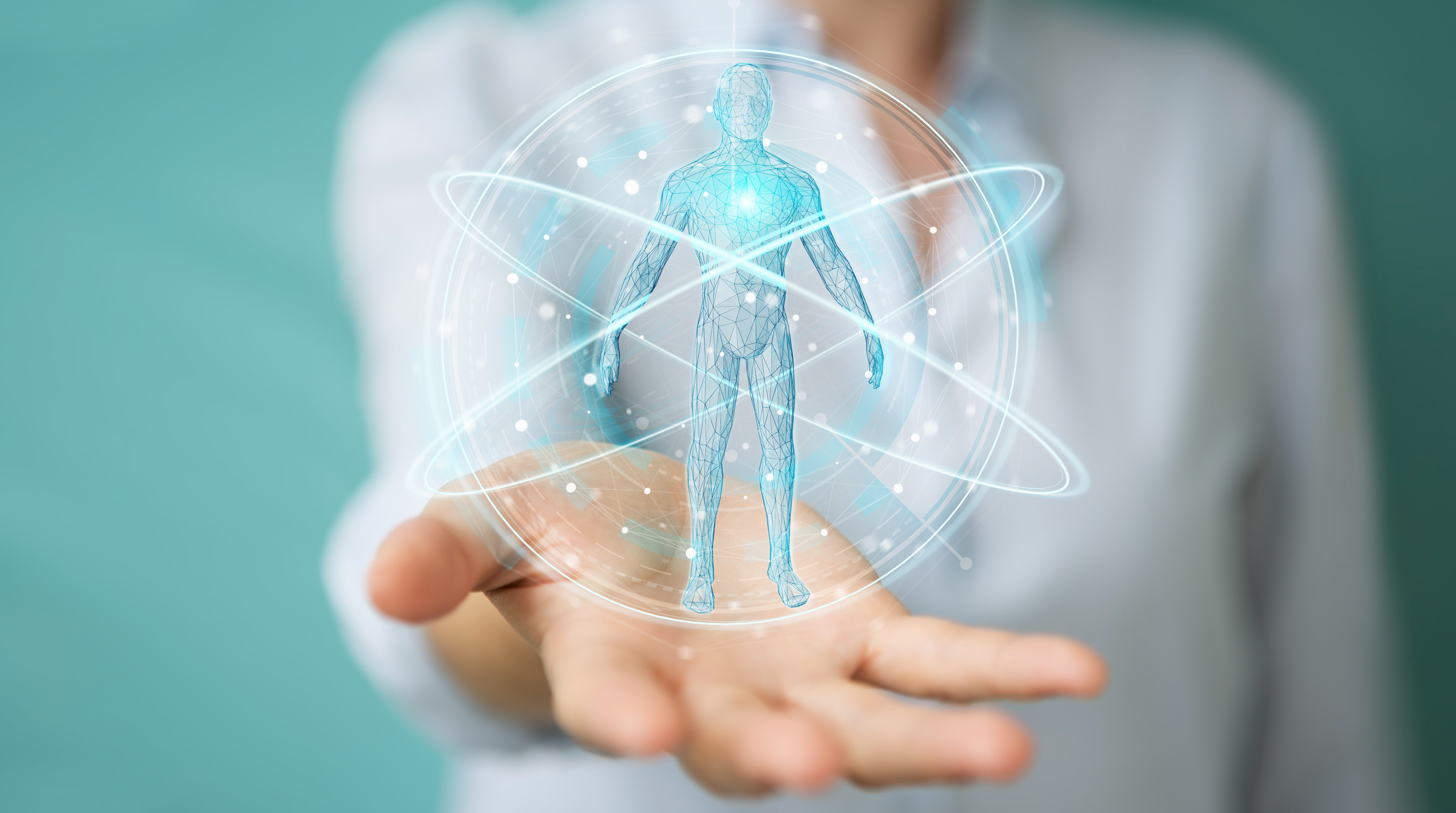
Minor physical anomalies
What are minor physical anomalies in bipolar disorder? Minor physical anomalies (MPAs) are subtle anatomical deviations which have little functional or aesthetic impact. MPAs in people with bipolar disorder are highly variable, but may include high palate, low-seated ears, cuspidal ear (ears with angled ridges instead of a round curve at the top of the opening into the ear canal), strabismus (cross-eyes), hypertelorism (increased distance between the eyes) and adherent, or attached ear lobes. They may be traced to events occurring prenatally and may represent risk markers for underlying illness susceptibility. MPAs may be important risk indicators when an individual…
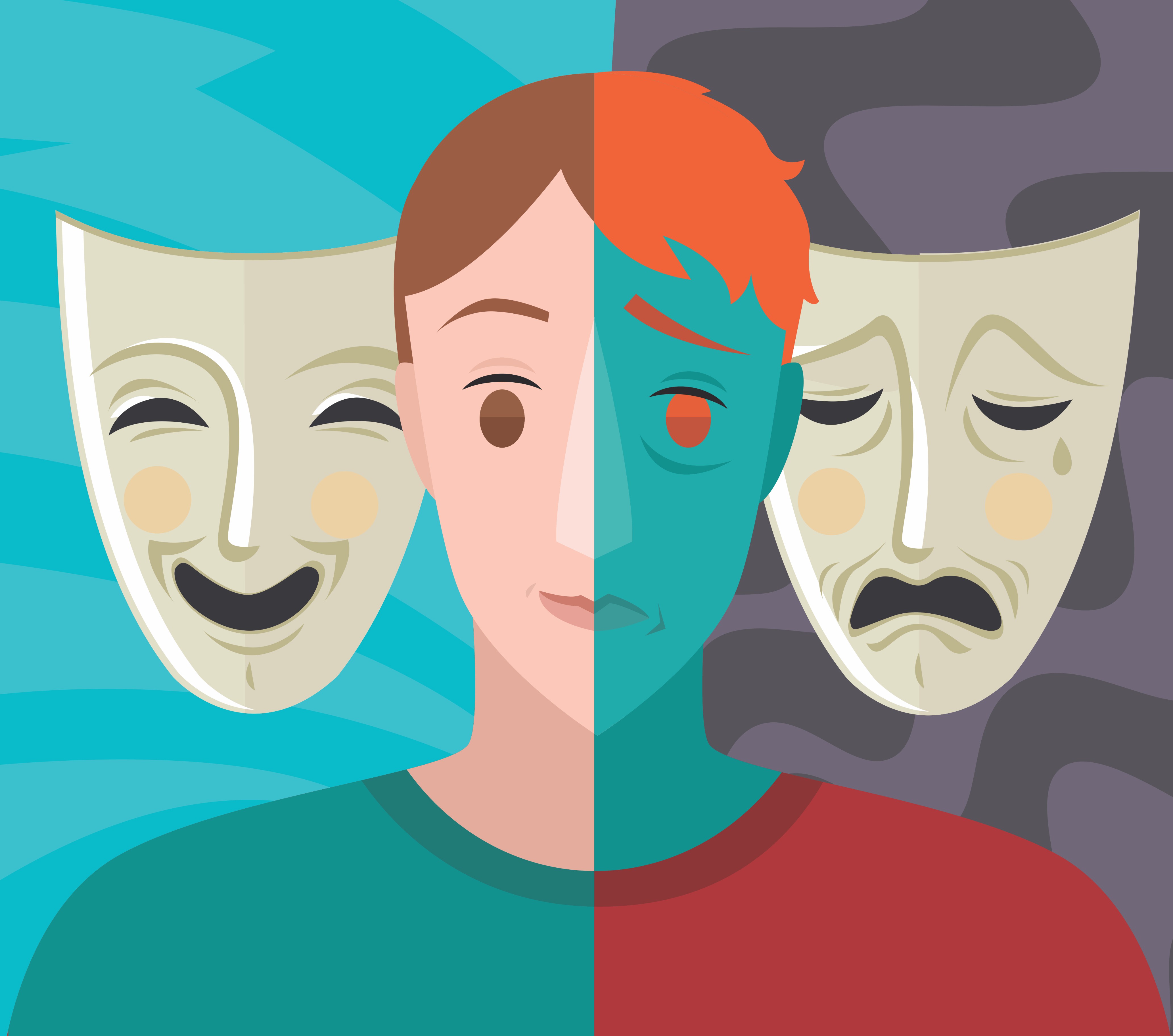
Mixed symptoms
What are mixed symptoms in bipolar disorder? Bipolar disorder is characterised by recurrent episodes of depression and mania. Some people with bipolar disorder also show episodes of mixed symptoms or states. Mixed states involves having three or more manic/hypomanic symptoms within a depressive episode, or depressive symptoms within a manic/hypomanic episode. A depressive episode is at least two weeks in which a person has at least five of the following symptoms. Intense sadness or despair; feelings of helplessness, hopelessness or worthlessness; loss of interest in activities once enjoyed; feelings of guilt, restlessness or agitation; sleeping too little or too much;…
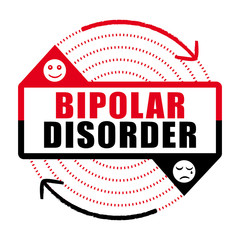
Mood cycling
What is mood cycling in bipolar disorder? Bipolar disorder is characterised by recurrent episodes of depression and mania or hypomania. The duration of mood episodes varies from several days to several months, with usually a period of remission in between. The frequency of mood changes (cycling) also varies, with four or more episodes per year classified as rapid cycling. A depressive episode is a period of at least two weeks when a person has at least five of the following symptoms, including one of the first two. Intense sadness or despair; feelings of helplessness, hopelessness or worthlessness; loss of interest…
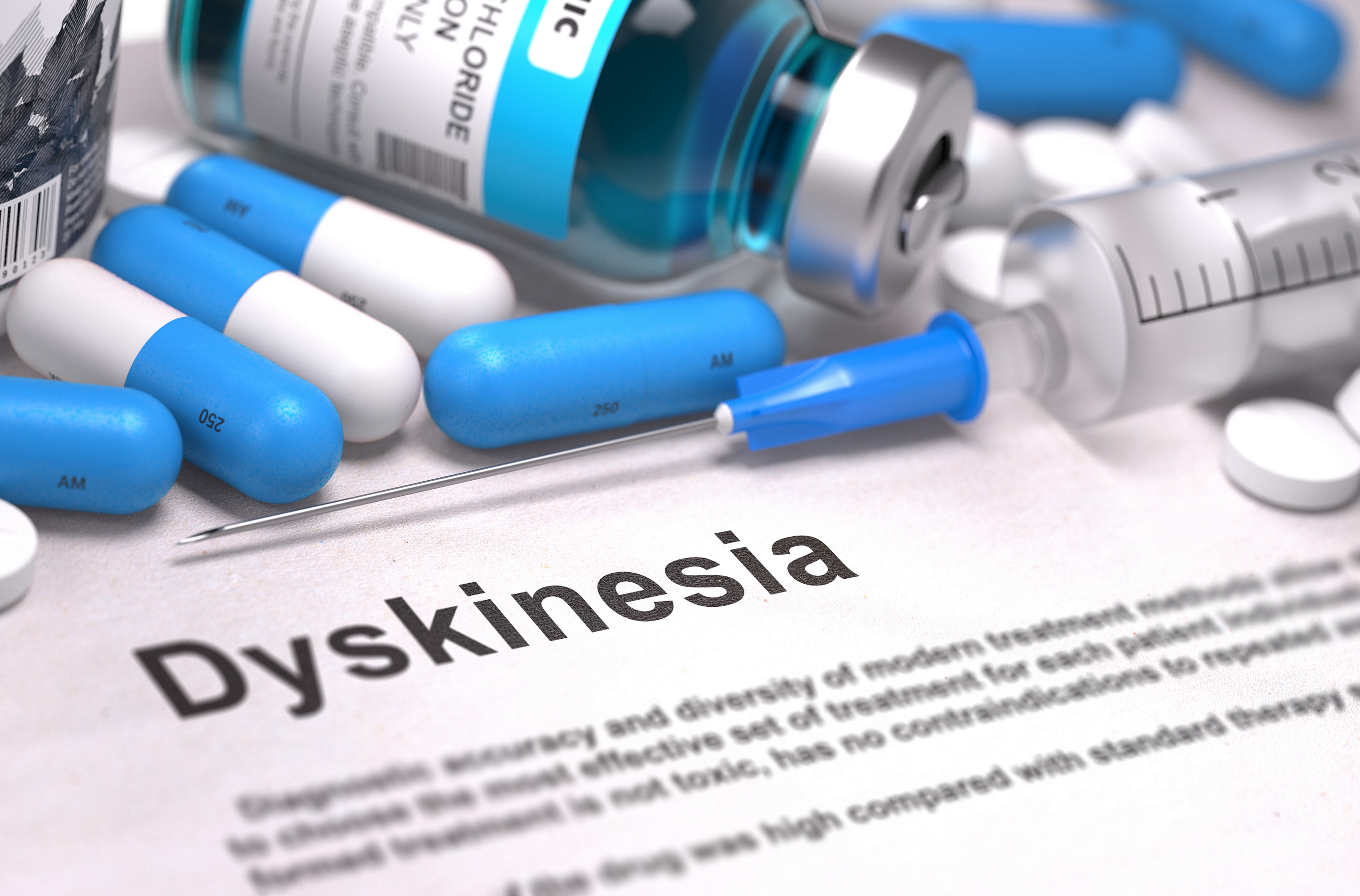
Movement disorders
What are movement disorders in people with bipolar disorder? Catatonia was originally categorised as a subtype of schizophrenia, but it is found in people with other medical, neurological, and psychiatric disorders, including bipolar disorder. Catatonia is characterised by repetitive non-goal-directed movements or goal-directed movements that are executed in an idiosyncratic way, often affecting gait. Other forms of catatonia include immobility, mutism, staring, and rigidity. Tardive dyskinesia is a ‘hyper-kinetic’ (excessive movement) disorder, characterised by jerky, involuntary movements, usually of the face and/or limbs. Parkinsonism is another common movement disorder associated with schizophrenia and is a ‘hypo-kinetic’ (reduced movement) disorder, characterised…

Neurological soft signs
What are neurological soft signs in bipolar disorder? Neurological soft signs (NSS) are abnormalities identified by clinical examination. They are referred to as ‘soft’ because they are not related to a localised pathological lesion and are not part of a well-defined neurological syndrome. NSS can be grouped into three categories: integrative sensory functioning, motor coordination, and complex motor sequencing. Integrative sensory functioning includes deficits in bilateral extinction (difficulty perceiving stimuli when presented to both hemispheres simultaneously), impaired audio-visual integration, agraphaesthesia (inability to recognise by touch letters and numbers drawn on the skin) and astereognosis (inability to identify an object by…

Olfactory functioning
What is olfactory functioning in bipolar disorder? Olfactory processes may be dysfunctional in people with bipolar disorder. These processes are hierarchical and involve lower-order processing (detection of the stimulus) and higher-order processing (discrimination and identification of the stimulus). Measures of olfactory acuity include odor detection, identification, discrimination, intensity, and quality. Odour detection occurs at the lowest chemical concentration needed to register an odourant. Odour identification draws on a person’s knowledge and memory to correctly label the smell. Odour discrimination involves comparing the differences between multiple stimuli, judging odours as pleasant or unpleasant, or comparing the relative concentration of odours. What…
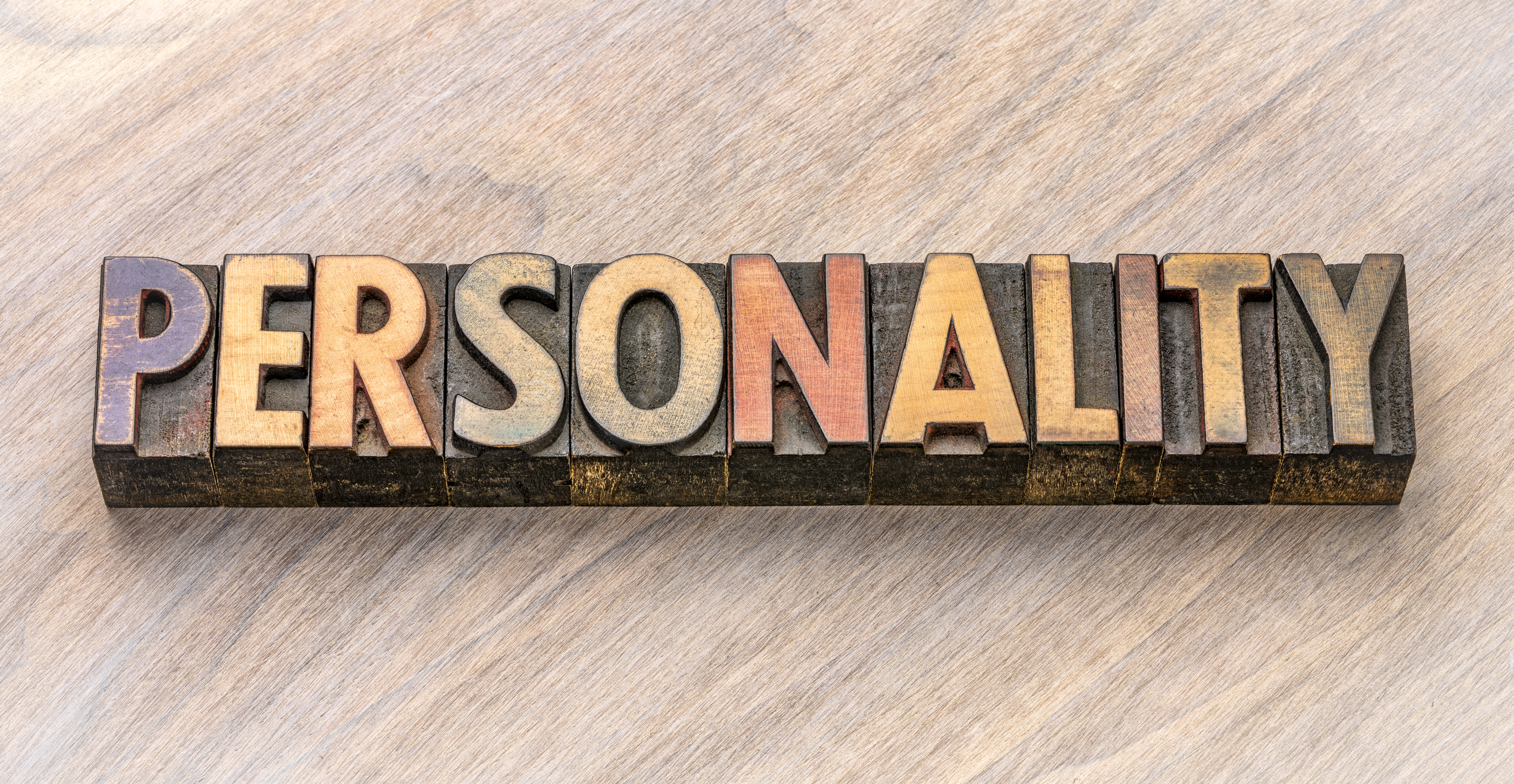
Personality and temperament
What is personality and temperament in bipolar disorder? Personality and temperament are inter-related and are thought to be relatively stable over time. Temperament is a basic inherited style and refers to aspects like emotions, sensitivity, introversion, and extraversion, while personality refers to characteristics like behaviours, feelings, and thoughts. One of the main personality/temperament models is the Five-Factor Model which includes five traits of; 1) neuroticism: vulnerability to emotional instability and self-consciousness, 2) extraversion: predisposition towards sociability, assertiveness, and social interaction, 3) openness: cognitive disposition to new experiences, creativity, and aesthetics, 4) agreeableness: tendency towards being sympathetic, trusting, and altruistic, and…

Predominant polarity
What is predominant polarity in people with bipolar disorder? Bipolar disorder is characterised by recurrent episodes of depression and mania, hypomania, or mixed symptoms. Some, but not all, people with bipolar disorder show a predominance of either depression or manic episodes. A major depressive episode is a period of at least two weeks in which a person has at least five of the following symptoms (including one of the first two): intense sadness or despair; feelings of helplessness, hopelessness or worthlessness; loss of interest in activities once enjoyed; feelings of guilt, restlessness or agitation; sleeping too little or too much;…
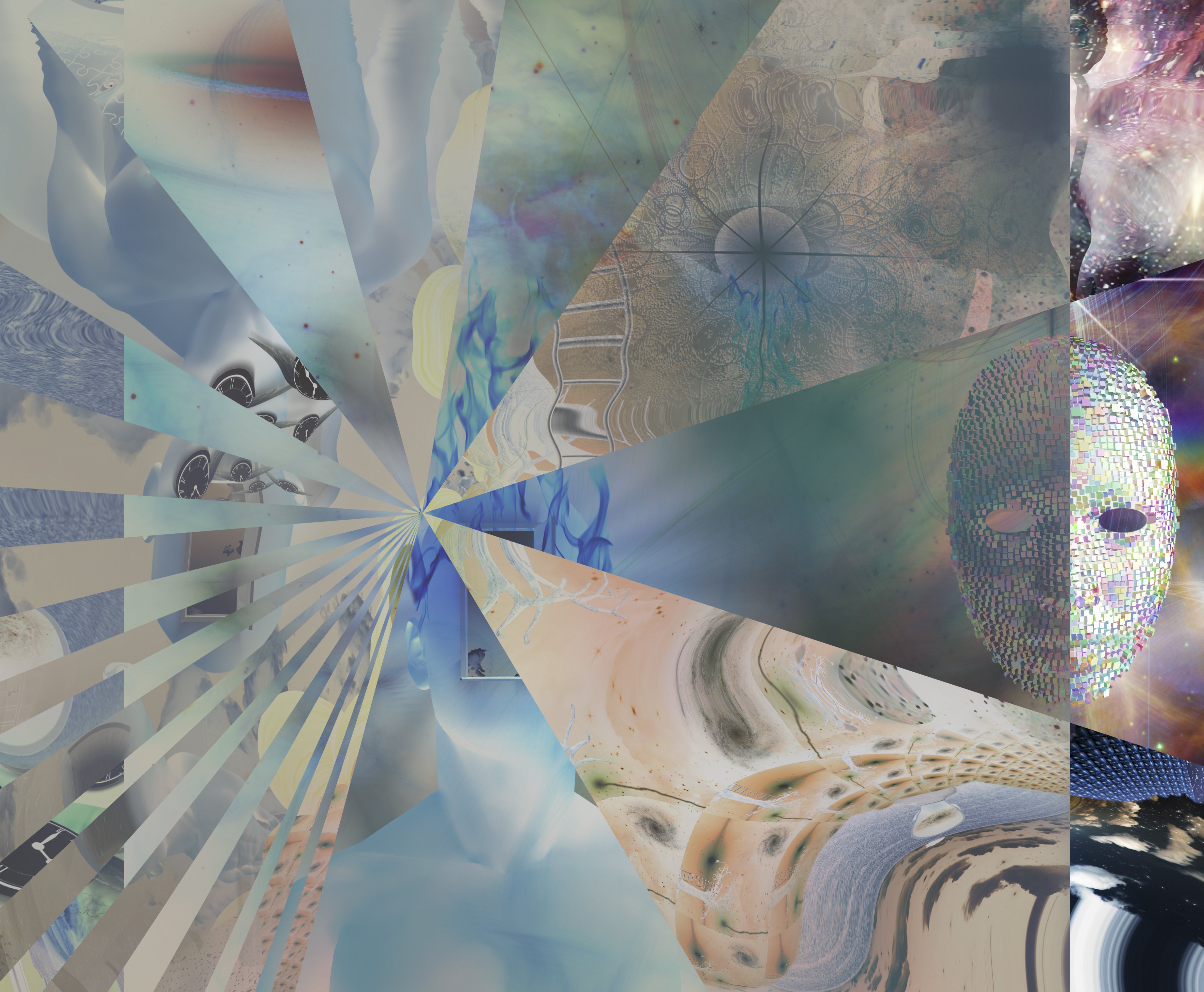
Psychotic symptoms
What are psychotic symptoms in bipolar disorder? Psychotic symptoms are sometimes found in people with bipolar disorder, particularly in the manic phase of the illness. The severity of psychotic symptoms can significantly affect a person’s day-to-day functioning, quality of life, and cognition. Psychotic symptoms most commonly involve hallucinations and delusions. Hallucinations are defined as a perceptual experience that occurs in the absence of any corresponding external sensory input. They are most commonly auditory, but can occur in any modality. Delusions are fixed, false beliefs that persist regardless of contradictory evidence, and are not explained by cultural beliefs. Persecutory delusions involve…

Self-esteem
What is self-esteem in bipolar disorder? Self-esteem reflects an individual’s overall subjective emotional evaluation of his or her own worth. High self-esteem has been linked to happiness and satisfaction, while low self-esteem has been linked to pessimism, general distress, adjustment problems, and psychiatric illness, particularly depression. What is the evidence for self-esteem in people with bipolar disorder? Moderate to high quality evidence suggests a large effect of lower self-esteem in people with remitted bipolar disorder when compared to controls, but higher self-esteem when compared to people with remitted major depression. September 2021 Image: ©jcomp – stock.adobe.com
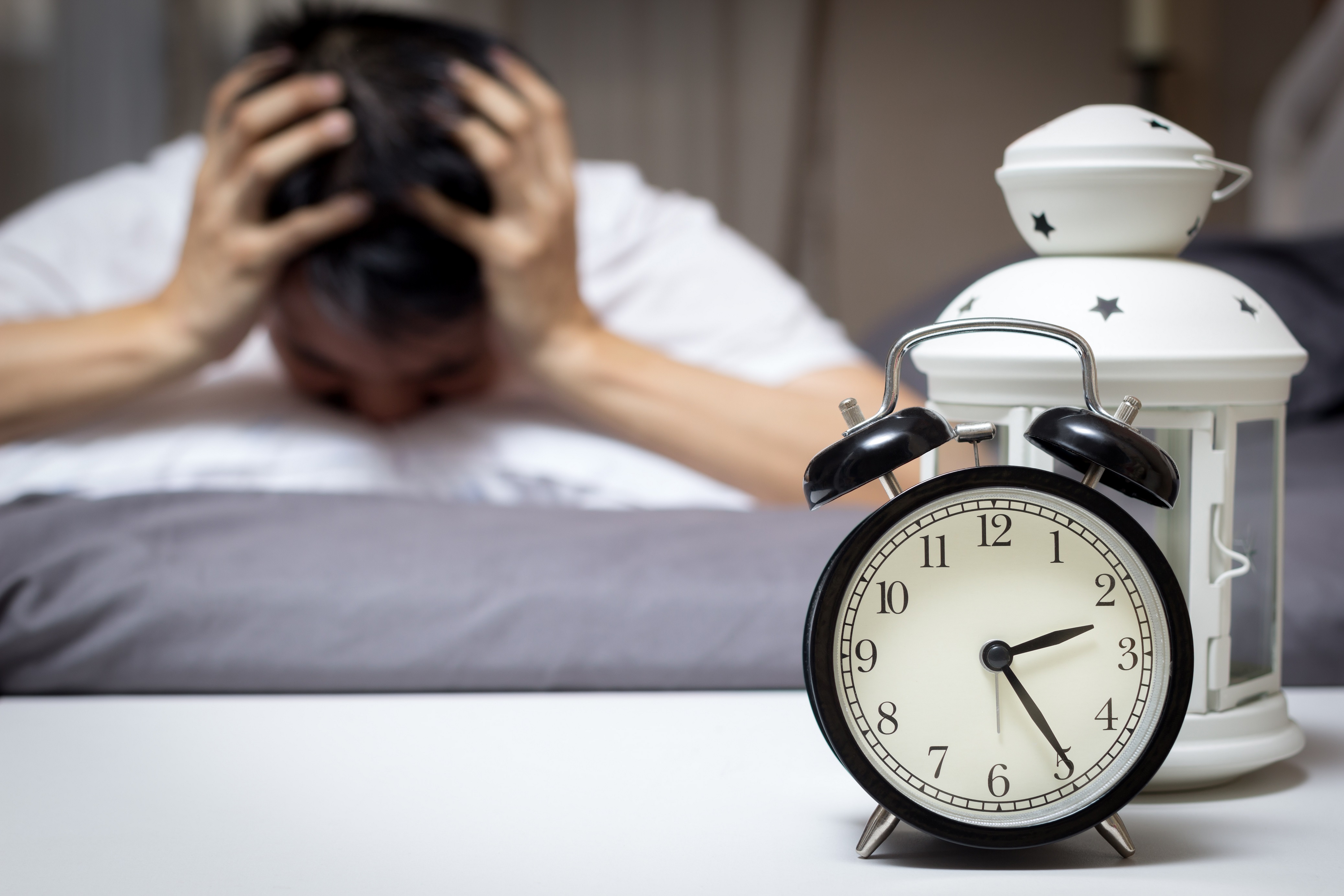
Sleep disturbance
What is sleep disturbance in bipolar disorder? People with bipolar disorder may show disturbances in the amount or quality of sleep they receive. Typically sleep follows a characteristic pattern of four stages, where stage 1 is a state of drowsiness and early sleep; stage 2 comprises the largest component of the sleep cycle and is the first complete loss of awareness of the external environment; stage 3 is a deep, slow-wave sleep; and the fourth stage is rapid eye movement (REM) sleep where memorable dreaming and muscle paralysis occurs. Sleep disturbance can be measured in many ways, including the total…
Green - Topic summary is available.
Orange - Topic summary is being compiled.
Red - Topic summary has no current systematic review available.
